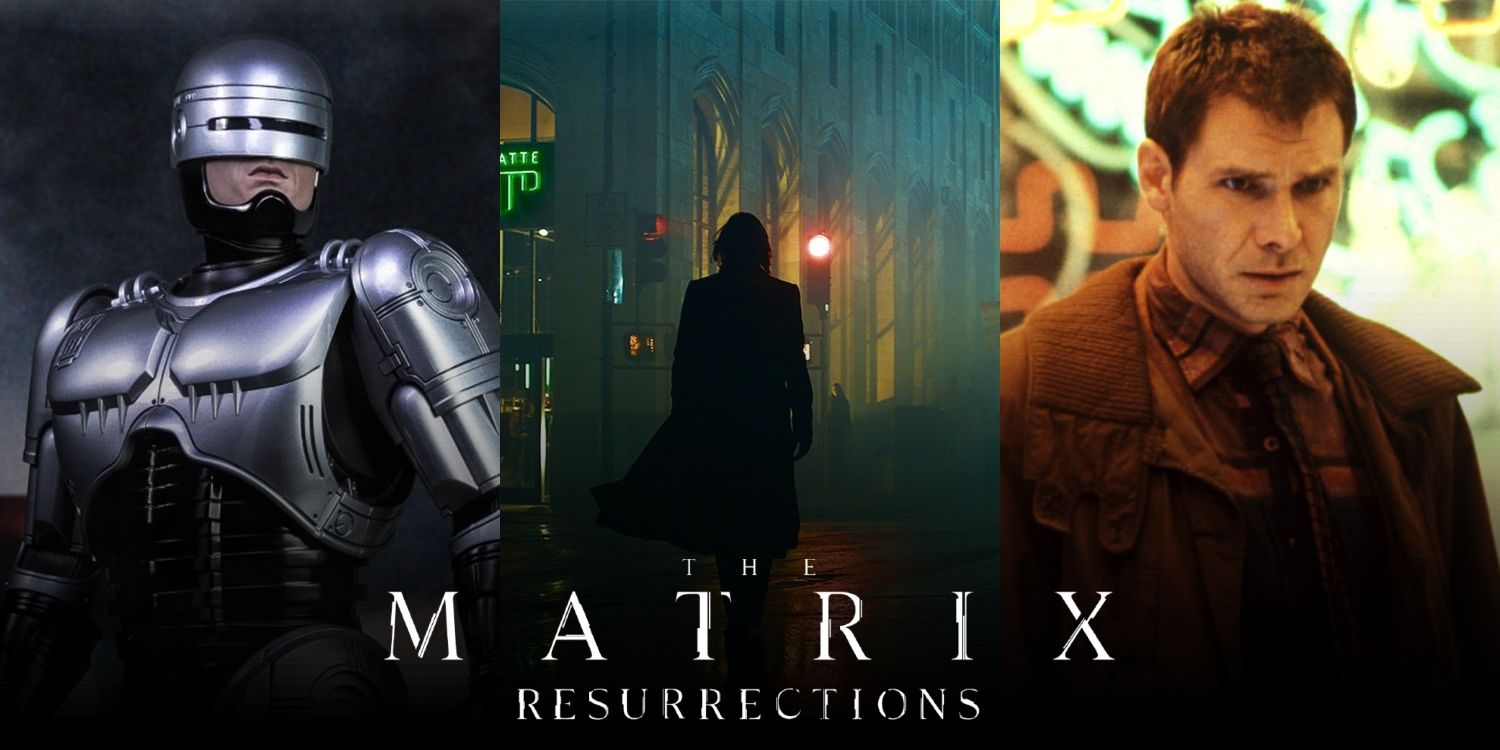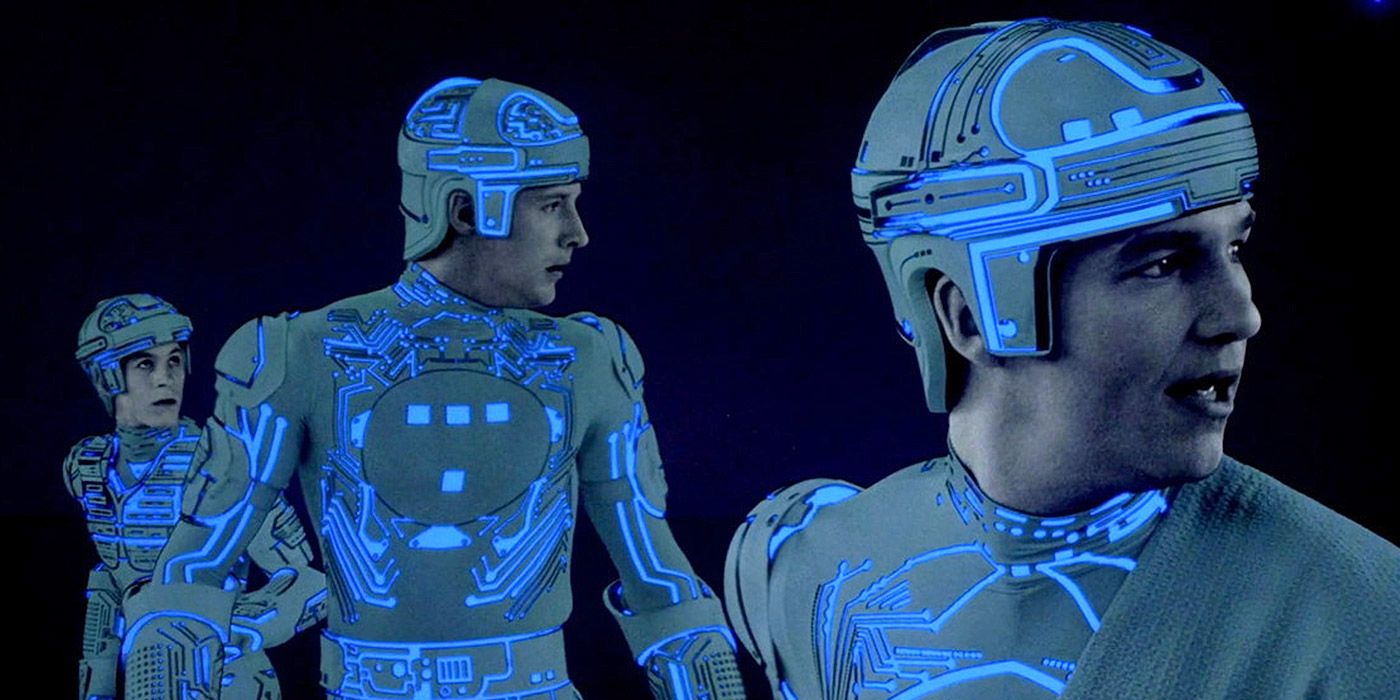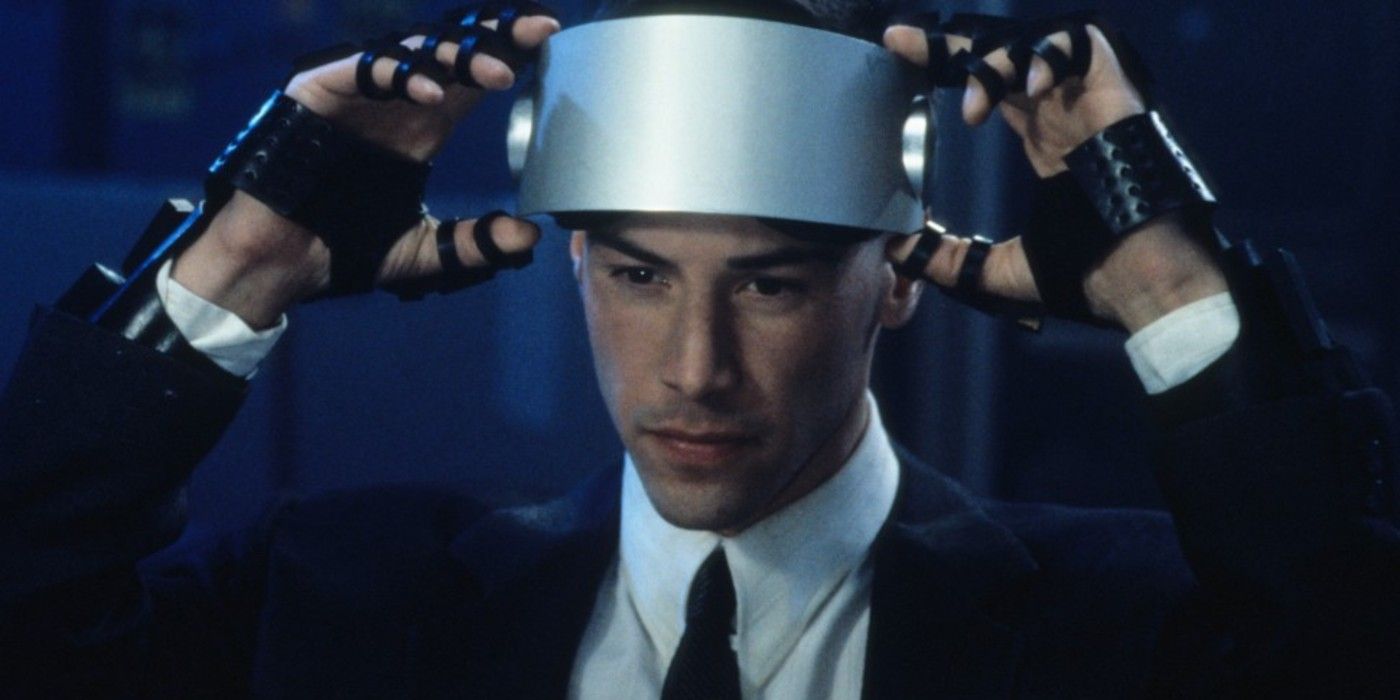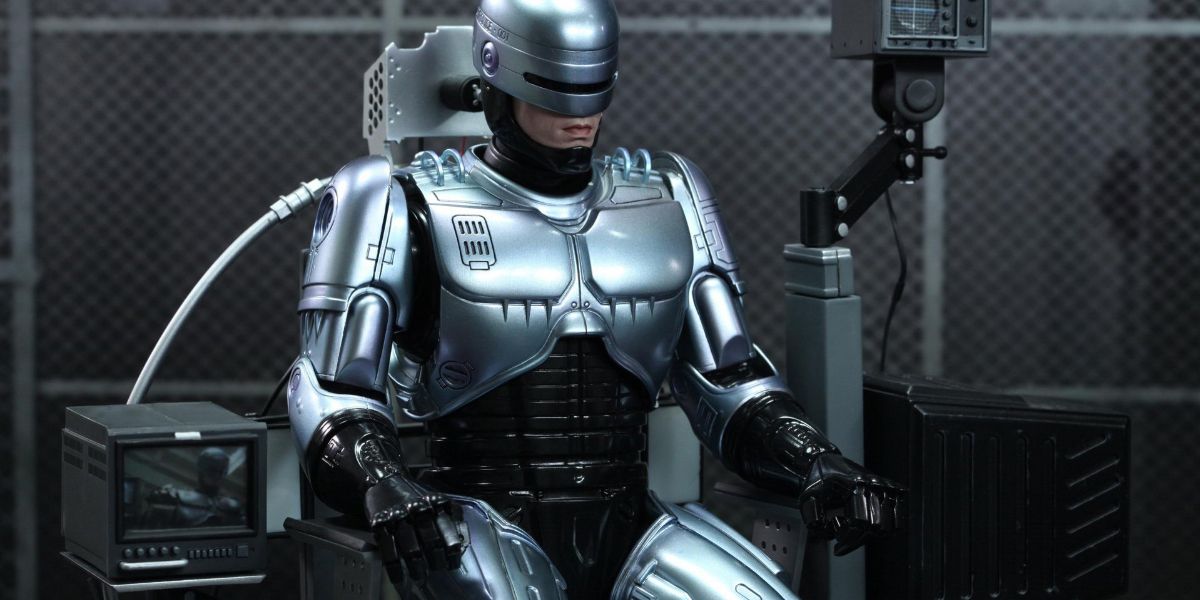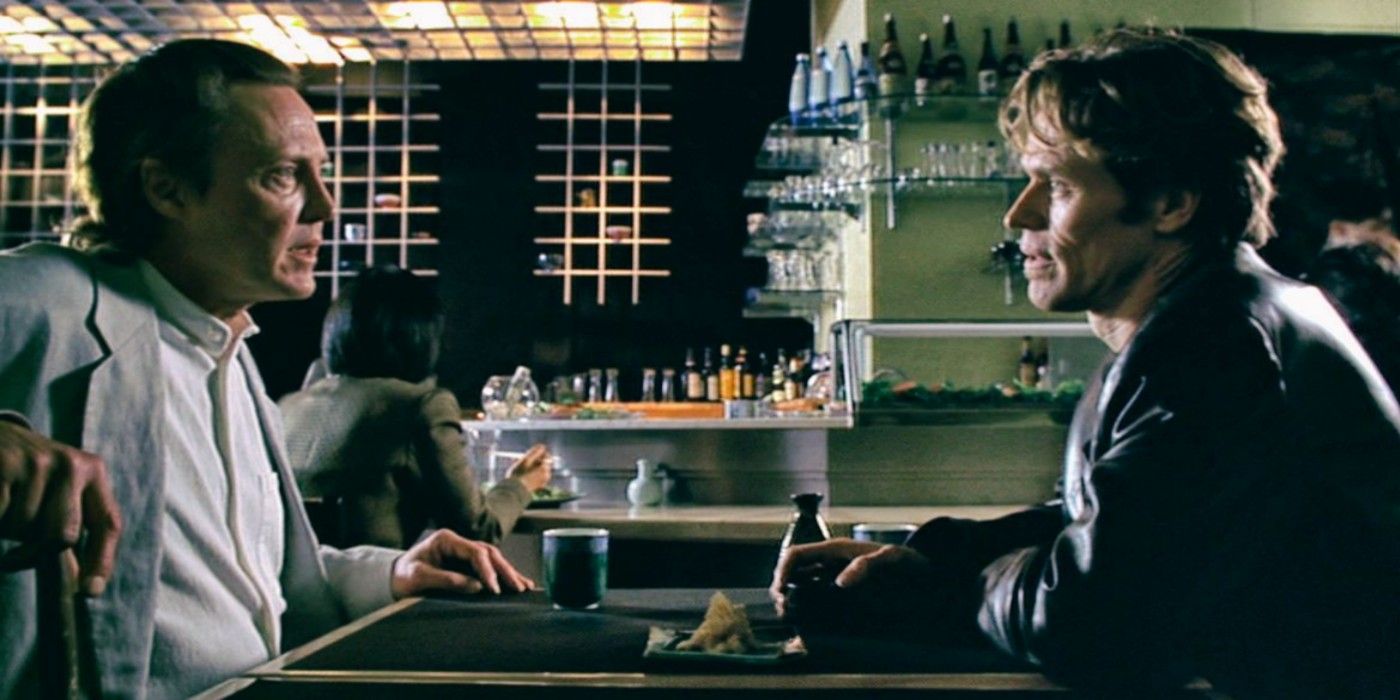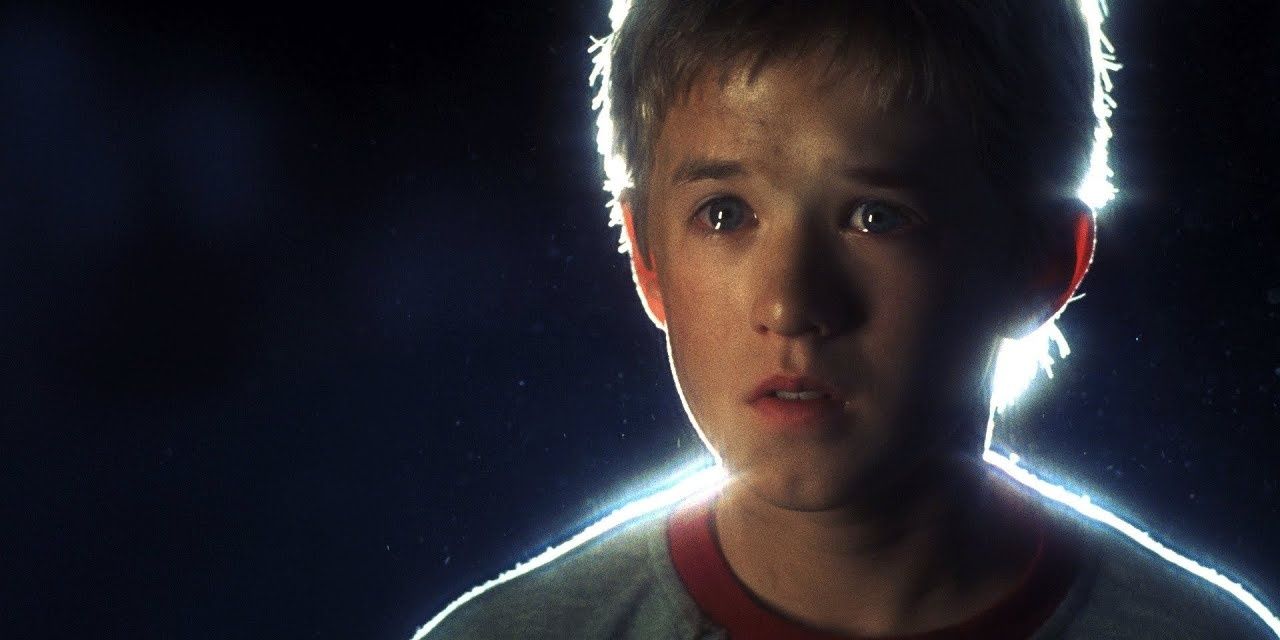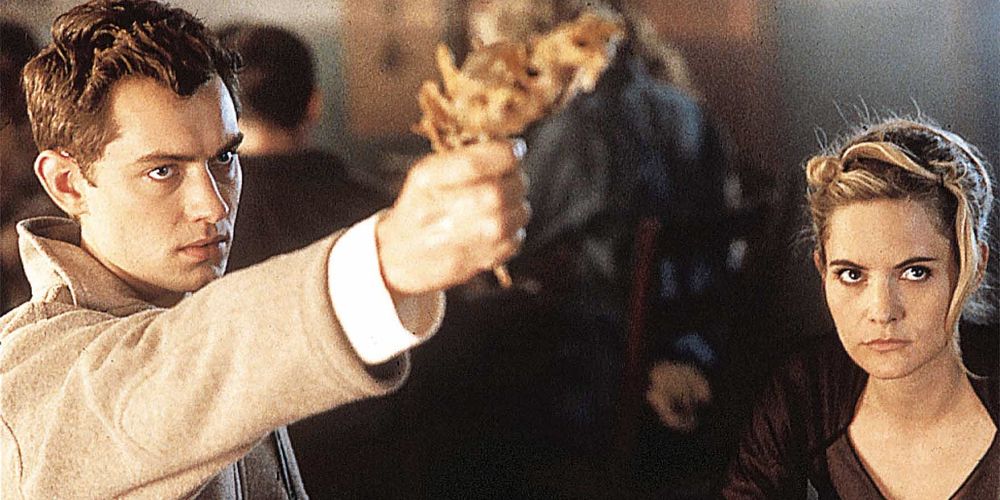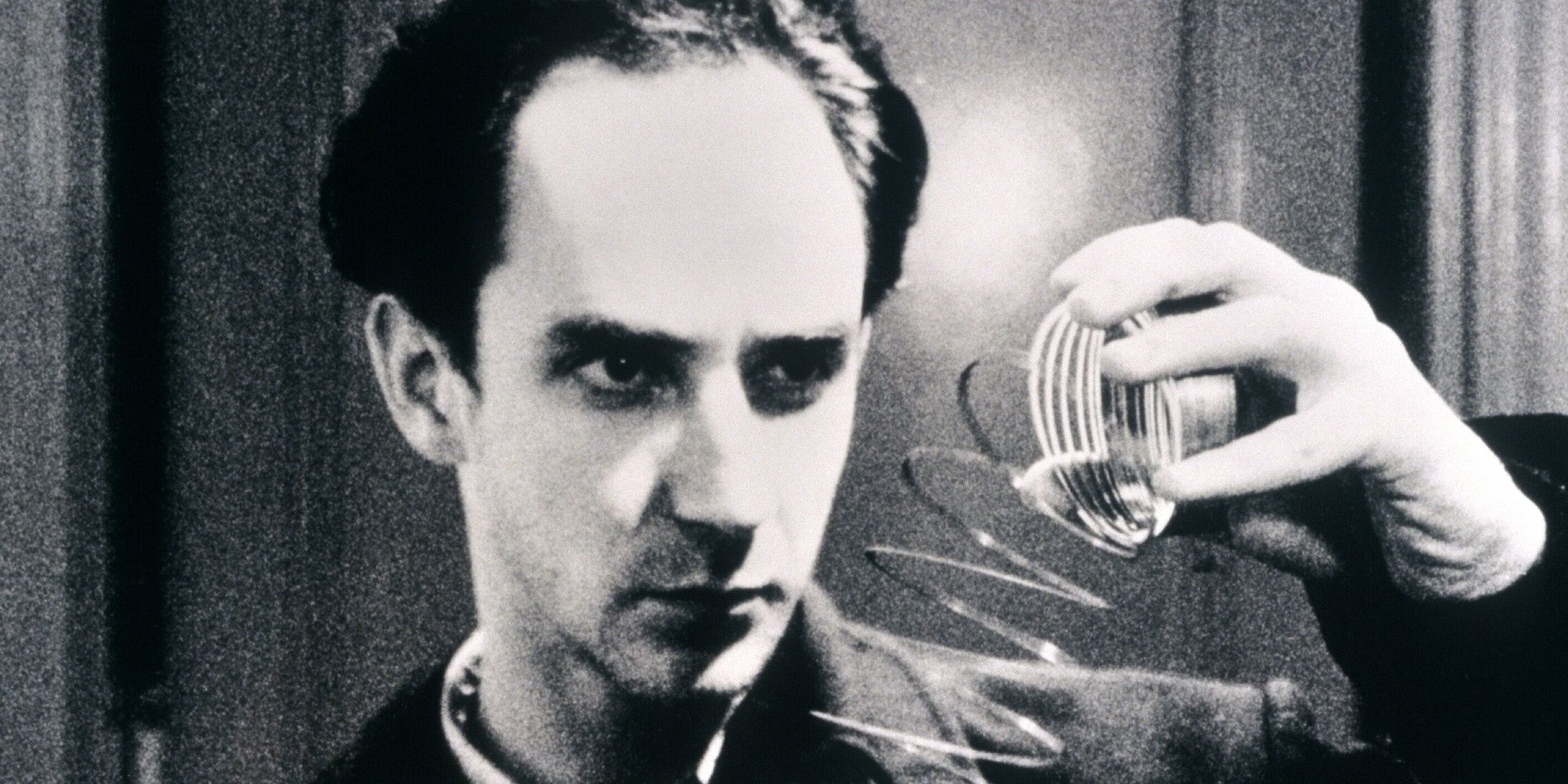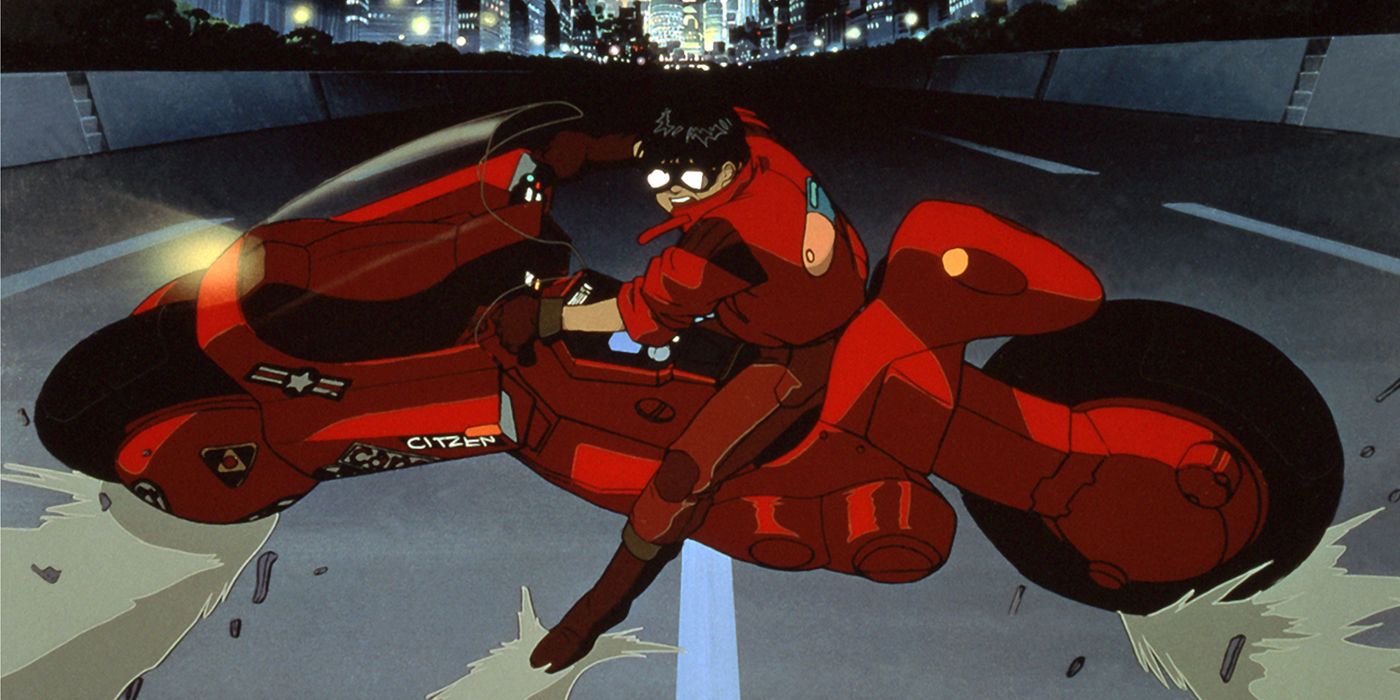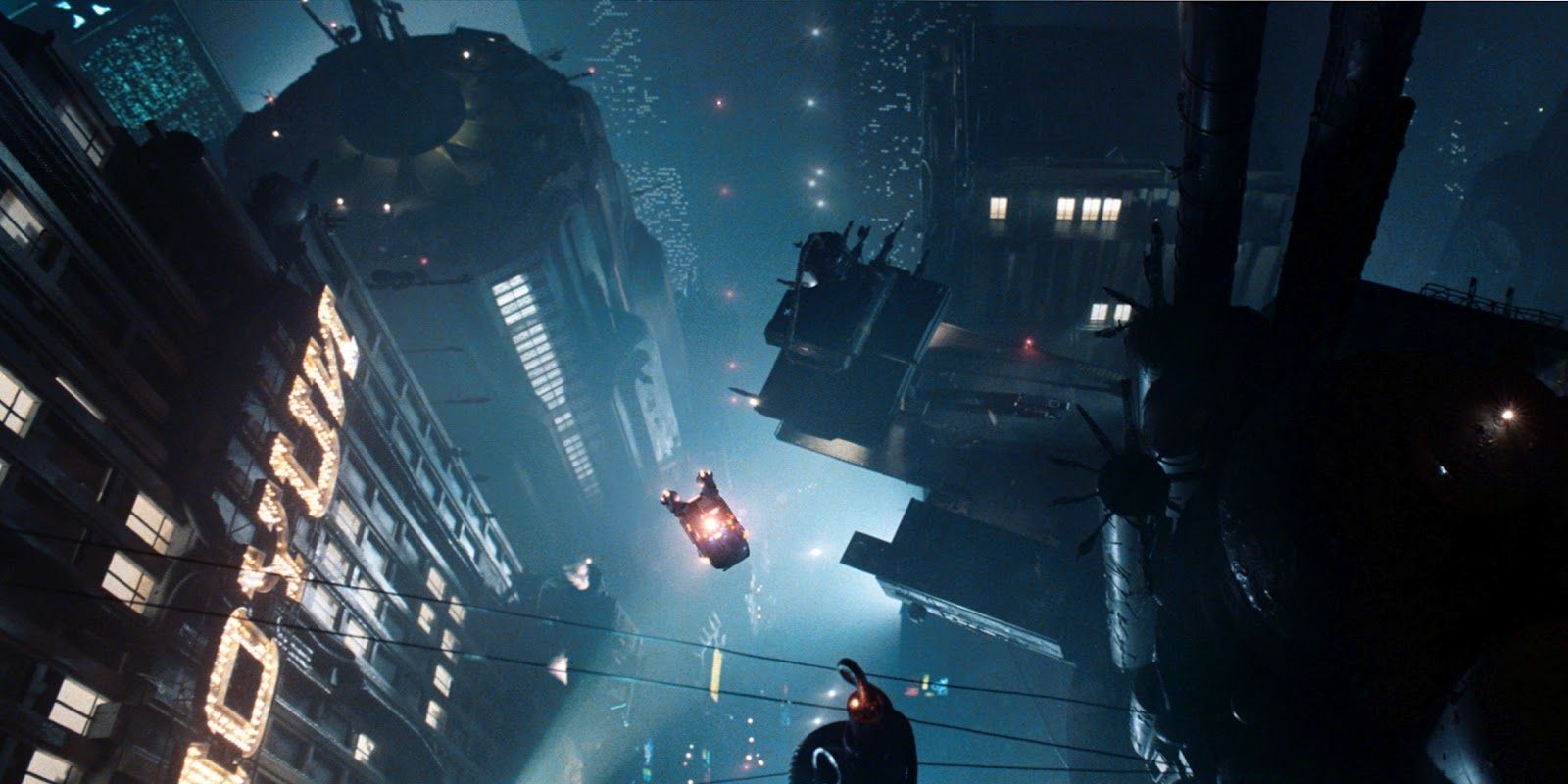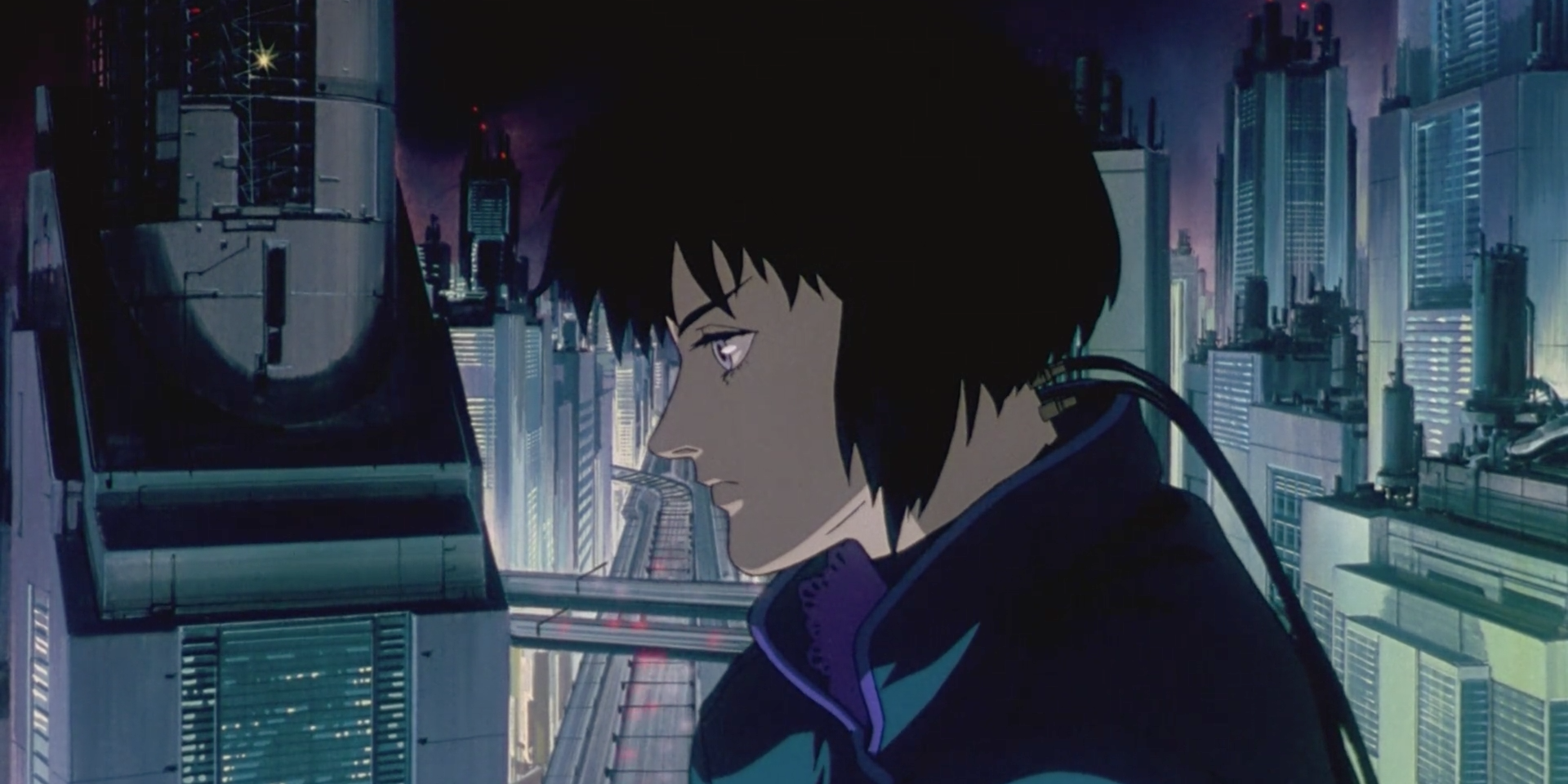The Matrix franchise was pivotal in introducing the cyberpunk genre to American audiences back in 1999, and it's part of the reason the genre is now experiencing a resurgence. Cyberpunk blends contemporary sci-fi storytelling with bizarre, futuristic visuals and groundbreaking action sequences, and the combination is too cool to ignore. Of course, another reason for the genre's enduring popularity is that many classic cyberpunk films feature also apt predictions of life today, making them all the more relevant despite their years.
With The Matrix Resurrections bringing Neo and Trinity back after an 18-year hiatus, there's no better time to rediscover the essential syllabus of cyberpunk films.
Tron (1982)
With its early uses of computer animation and video-game-inspired imagery, Tron remains a classic of the cyberpunk genre. It follows a video game developer who is trapped in a digital world while attempting to find proof of his former employer's software plagiarism. To find his way out and stop the system's rogue A.I., he has to play life like a video game.
In many ways, Tron is a PG-rated alternative to The Matrix, raising similar questions about simulated reality while remaining exciting and action-packed to the very end. A sequel titled Tron: Legacy was released in 2010, and a third film is in development.
Johnny Mnemonic (1995)
While most people have forgotten Keanu Reeves' role in Johnny Mnemonic, the film is a cult classic of the cyberpunk genre and deserves to be revisited. It's an adaptation of William Gibson's dystopian sci-fi story of the same name, about a man who has a cybernetic implant that is used to store and retrieve data for wealthy clients.
The film takes place in 2021, making it worth watching simply to compare its hyper-stylized world to the present day. And the cast is phenomenal: Reeves stars alongside Dolph Lundgren, Dina Meyer, Ice-T, and even Takeshi Kitano (of Takeshi's Castle).
Robocop (1987)
Paul Verhoeven's violent, transgressive masterpiece of action filmmaking, RoboCop is one of the most extreme examples of the cyberpunk genre's early focus on metallic imagery. It's the bitingly satirical tale of a cop who is killed on duty and resurrected as a ruthless cyborg enforcer.
Writer Edward Neumeier conceived the film's premise while working on the set of Blade Runner, and one of its biggest visual inspirations is the early dystopian sci-fi film Metropolis. However, even with those fantastic films lighting its path, RoboCop remains a one-of-a-kind experience that must be seen to be believed.
New Rose Hotel (1998)
Abel Ferrera's New Rose Hotel was critically panned upon release but has recently come to be considered a cult classic. Like Johnny Mnemonic, it's based on a short story by William Gibson. It's a futuristic look at corporate espionage, following two businessmen who are hired by a megacorporation to "relocate" a brilliant scientist over to them from his current employers.
Its themes of isolation and loneliness tie it in with other films that offer prescient descriptions of life in the internet age, such as Kiyoshi Kurosawa's Pulse, and, of course, The Matrix.
A.I. Artificial Intelligence (2001)
A.I. Artificial Intelligence is a thought-provoking sci-fi film by legendary director Steven Spielberg. It follows a robot boy programmed to show unconditional love, a trait that makes him unable to fit anywhere in the world.
The film is dedicated to director Stanley Kubrick, who worked on the story for many years before passing it on to Spielberg. Featuring a career-best performance from Haley Joel Osment, A.I. Artificial Intelligence is a one-of-a-kind story combining the best traits of two of history's greatest filmmakers.
eXistenZ (1999)
Jude Law and Jennifer Jason Leigh star in eXistenZ, a body horror film by genre master David Cronenberg that's quite unlike anything else he's ever done. Though his sci-fi film Videodrome is in many ways an early example of cyberpunk, eXistenZ takes things one step further by diving deep into virtual reality.
The plot follows Leigh's character, a VR game designer who flees into her latest creation to escape a tormented assassin. The deeper she goes, the more the difference between the game and real-life begins to become unclear. eXistenZ came out just a few weeks after The Matrix, which might explain why it's taken so long for it to receive the attention it deserves. But the two films together make for a fantastic double feature.
Pi (1998)
Even though it hasn't attracted the same amount of attention as his later work, Pi is one of Darren Aronofsky's best films. The low-budget sci-fi neo-noir was inspired by the work of director Shinya Tsukamoto. After watching Tsukamoto's brilliant Tokyo Fist, Aronofsky wrote in his diary that he wanted "to bring cyberpunk to America."
What emerged was a singular work in American cinema, the story of a mathematician who attempts to reconcile the illogical nature of the universe with the uniformity of numbers. It's a fascinating, profound, and surreal psychological thriller that ended up making more than $3 million on a budget of just $60,000.
Akira (1988)
Akira was a direct inspiration on The Matrix, and on sci-fi in general: it's hard to find a post-1988 cyberpunk film that doesn't owe something to director Katsuhiro Otomo. Taking place in a post-apocalyptic Tokyo, it follows the head of a biker gang whose best friend gains superhuman powers after unwittingly being exposed to government experimentation.
Akira is an anime film, and it provided an introduction to the medium for much of the Western world. Violent, nightmarish, and unflinchingly rebellious, it's a must-see for anyone interested in the origins of cyberpunk.
Blade Runner (1982)
It should go without saying Ridley Scott's 1982 classic Blade Runner heavily influenced the Matrix franchise. The Wachowski Sisters, the directors of the franchise, claimed during an online question-and-answer segment that they were among the only ones to like it when they first saw it. "Blade Runner was a benchmark science fiction film, a masterpiece", they stated, but very few appreciated it at first. It's certainly appreciated now, and the critically successful Blade Runner 2049 has only improved the original's standing as a formative work of the cyberpunk genre.
The dystopian drama follows a "blade runner", a man whose job was to terminate bio-engineered beings ("replicants") when they stopped being useful to their parent corporation. When several of these replicants escape to earth, it's his job to track down and eliminate them.
Ghost In The Shell (1995)
Mamoru Oshii's Ghost in the Shell follows human-mechanical hybrid Motoko Kusanagi, the stiff leader of an anti-terrorist security force. Her reality and sense of self are challenged by a villian, known only as "The Puppetmaster", who hides in the shadows of cyberspace.
Ghost in the Shell's revolutionary action sequences were particularly inspiring to the Wachowskis, who told producers "we wanna do that for real" while pitching The Matrix. A 4K restoration of the film is currently showing in IMAX theaters in the United States, Japan, and Canada.

